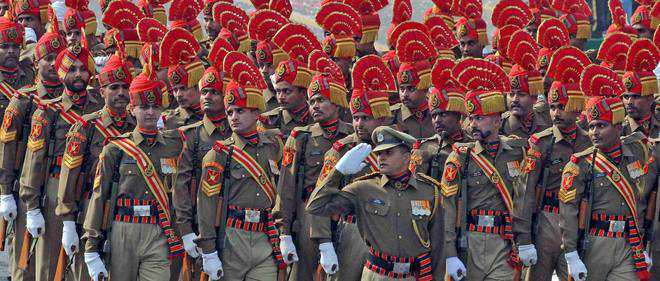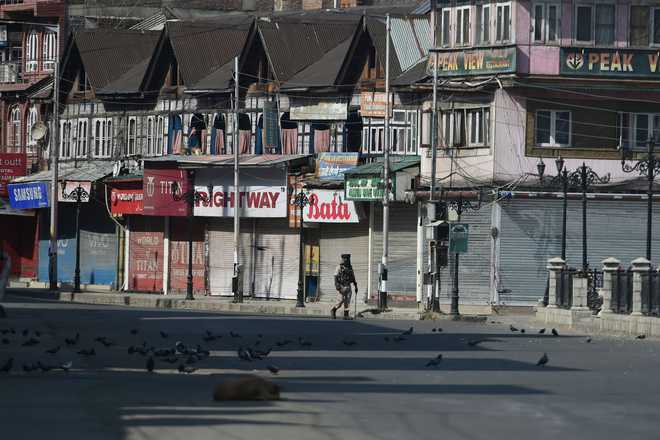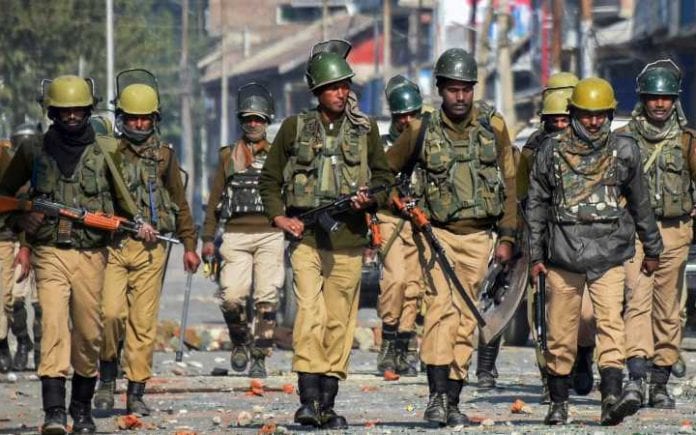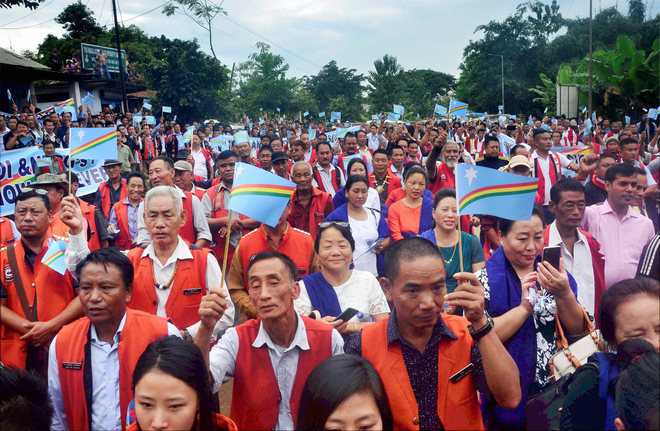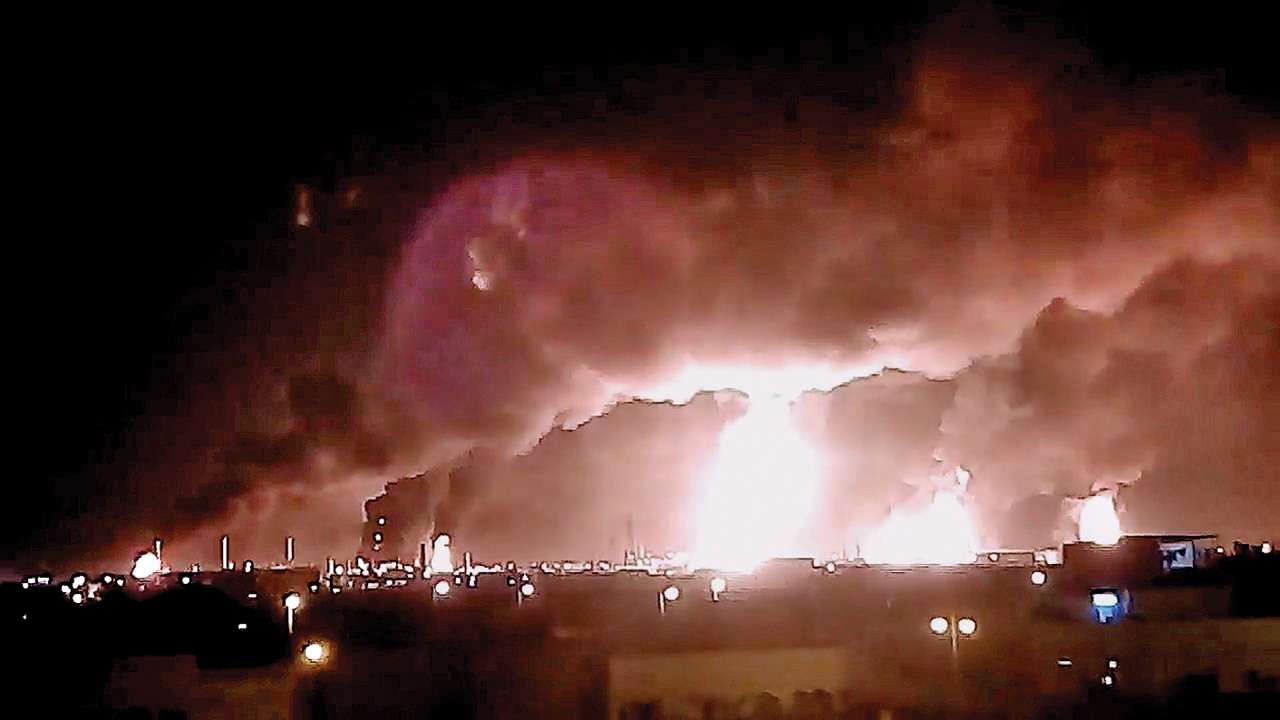
For the last two months, there was relative quiet in the Middle East and the standoff between the US and Iran appeared easing although tensions never abated. Perhaps by sheer coincidence that was also the period during which President Trump and his security policy team were focusing on the possible US pullout or further drawdown from Afghanistan. The hiatus was broken on Sep 14 with the Saudi Aramco oil processing facilities at Abqaiq and Khurais being targeted by 18 drones and 7 cruise missiles.

Abqaiq refinery is the largest crude oil stabilization plant in the world producing 7 million barrels of oil every day or about 7% of the world’s production. That makes it a crucial part of the energy infrastructure of Saudi Arabia, the world’s largest exporter of oil. Ownership of the attacks was claimed immediately by the Zaidi Shia Houthi rebels, Iran supported rebels fighting the Saudi backed government in Yemen. The Houthis control a part of western and southern Yemen with access to the sea. Since 2015, Saudi Arabia has led a military coalition against the Houthis after they overthrew the government led by President Abdrabbuh Mansur Hadi. The war was assumed to be over in a few weeks but continues to date despite efforts at a full blockade which the coalition has attempted to establish. Iranian arms supplies apparently continue to reach the Houthis assisting them in their fight which has previously witnessed missile attacks on the Saudi territory.
The Yemen-Saudi war has all the manifestations of the Shia Sunni conflict fought by proxy in a wretchedly impoverished land. That larger ideological and sectarian confrontation may continue long and without outcome, but spurts of it fought by proxies have all the potential of lighting fires in the volatile Middle East.
Here is how it can happen. Swarming from the air with comparatively inexpensive but fitted out drones can be a nightmare for the most advanced air defence systems. The Saudi air defence was clearly not prepared for such a contingency when high profile vulnerable points (VPs) are attacked en masse. As proxies get bolder they are likely to employ more of these against Saudi oil infrastructure, water purification facilities and other installations in the Gulf countries. Shipping itself could be the target as large tankers move in and out of Saudi waters. The first impact of this will always be a cut back in oil production, increase in oil prices and enhanced cost of insurance for shipping. Already prices for Brent crude have jumped 20% to touch US$ 76 a barrel. One-off attacks may yet find a staving off of military confrontation. However, persistence will result in compulsive turbulence.
Passivity in the face of such direct intimidation may not be acceptable to the US as it is a direct challenge to its alliances and power in the Middle East. Going into election year President Trump was keen to withdraw troops from Afghanistan. Does this mean that he may not pursue US strategic interests and support its main allies in the Middle East too? The US decision to drop the potential agreement with the Taliban for the sake of pursuing its chief interests would equally apply here irrespective of the internal impact on US electoral politics.
The US as the major supporter of Saudi interests and in 40-year confrontation with Iran has accused Iran’s Islamic Revolutionary Guard Corps (IRGC) of masterminding the drone attacks. Proof of the same is yet to be produced but in such situations that isn’t necessary; the US did, after all, invade and fight Gulf War II in 2003 on the basis of unproven allegations of nuclear ‘weaponisation’ by Saddam Hussain. It led to the eight-year deployment in Iraq. Robert McNally a former NSA from the Bush-era stated – “This drone attack was about Iran demonstrating that it has the means and will to execute exquisitely precise attacks on the most vital oil infrastructure in the world by far; they can do this again and again”. Is this a rational surmise? Is Iran in triumphal mood seeking confrontation or is it defensive because of the effect of sanctions? Perhaps the IRGC may have wished to demonstrate the capability of executing a proxy war which could target Saudi Arabia’s critical infrastructure; an attack to cause deterrence. However, any repetition of this will discount any theory of attempting deterrence and will probably invite retaliation. Why this seems implausible strategy by the IRGC is that in due course the Saudi-Israel-US combine will find solutions to counter swarming attacks by drones which will neutralize one element of surprise which cuts across the tactical to the strategic level.
Iran is confident that the Saudis are incapable of launching war alone. The US projected its will to some extent in a buildup towards confrontation just a few months ago. Conventional all-out war is ruled out, or anything entailing ground operations for entry into Iranian mainland. A US carrier group, each south of the Persian Gulf and the Mediterranean, may form the bulk of the naval and air resources while a buildup of ground troops to identified vulnerable hot spots in Iraq, Syria and Saudi Arabia will take place. But none of this will deter the thousands of proxies that the IRGC controls and can launch without international borders being an obstacle. It’s a case where conflict initiation could still be easy but termination would be in no one’s control. In the absence of a firm US commitment, Saudi Arabia has little capacity to actively resist Iran’s intent. That could be a temptation by the proxies to strike again, creating conditions for the US to step into the cauldron of what could be another of the Middle East’s interminable wars.
The start point of any measures to offset potential showdown is to terminate the war in Yemen. That will be a virtual admission of Saudi defeat and a serious threat to its stature in Middle East politics. The US has limited options and military ones are far and few. Inaction on its part will prove the failure of its strategy of pressurizing Iran through the abrogation of the Joint Comprehensive Plan of Action (JCPA) of 2015 and looking for regime change to weaken it. Iran’s control over many proxies in the region is the key to its capability and ability to offset ideas of military confrontation. It’s the next violent move which will throw open even more challenges and hurtle the Middle East towards war, the impact of which will have serious implications for the world economy and the balance of power in the Middle East.
The author commanded the 15 Corps in J&K
